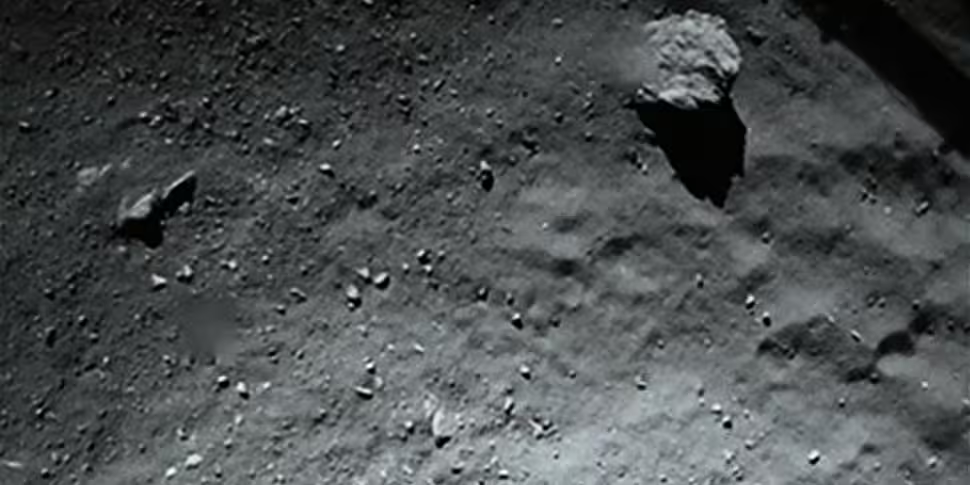The Philae lander - which earlier this week became the first probe to land on a comet - has fallen into "idle mode" after its batteries were depleted and not enough sunlight was available for recharging, scientists say.
The European Space Agency says all systems on board the craft have shut down and Philae has entered a "possibly long silence".
"Prior to falling silent, the lander was able to transmit all science data gathered during the First Science Sequence," said Stephan Ulamec from the European Space Operations Centre.
"This machine performed magnificently under tough conditions, and we can be fully proud of the incredible scientific success Philae has delivered."
Contact with the craft was lost at 12.26am Irish time.
The ESA says no further contact will be possible "unless sufficient sunlight falls on the solar panels to generate enough power to wake it up".
The organisation adds that the chance of Philae communicating later in the mission "was boosted when mission controllers sent commands to rotate the lander’s main body with its fixed solar panels. This should have exposed more panel area to sunlight."
Despite the loss of contact with the lander, the Rosetta mission will continue with the spacecraft tracking Comet 67P/C-G as it travels towards the sun.
Landing zone
Earlier, the ESA released images captured from Rosetta, which suggest Philae touched down on the comet's surface almost exactly where scientists intended.
Scientists said the images provide "strong evidence" the lander struck the surface in the projected landing zone.
The first image - released by the ESA in an update on its website - shows the lander around 250 metres above the comet's surface.
A second image shows the comet's surface 86 seconds after touchdown.
The ESA said a dark area on the surface "could be considered as strong indication that the lander touched down at this spot (possibly raising dust from the impact)."
In a third image, the planned landing point is shown by a green square. It suggests the craft touched down almost exactly where scientists planned.
But despite the precision of the flight dynamics teams, the lander rebounded off the surface and drifted for two hours before touching down again.
After a second, smaller bounce scientist believe the craft came to rest in a shallow crater on the comet's 2.5-mile-wide body, or nucleus.
The exact location of Philae's final landing point has not been determined.
Scientists hope the project - which has cost around €1.3bn - will help them better understand comets and other celestial objects, as well as possibly answer questions about the origins of life on Earth.
Originally posted at 10.19am









